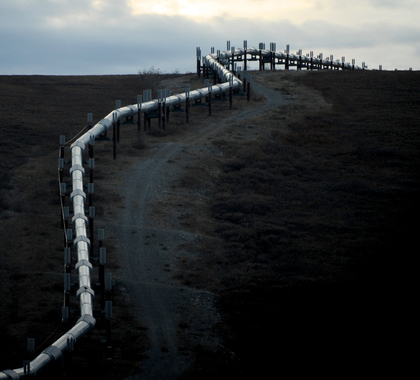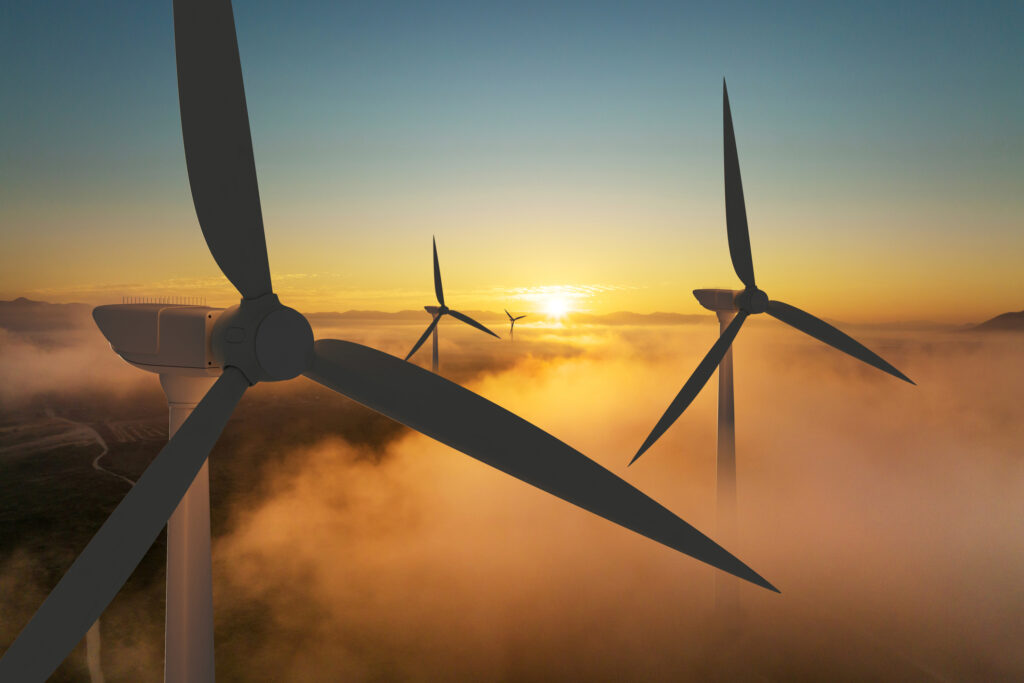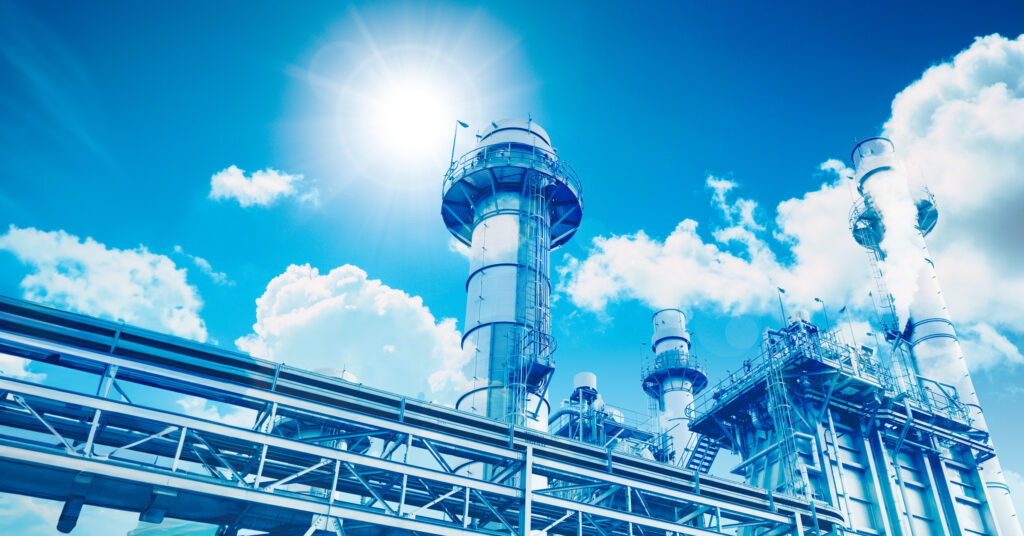The American Petroleum Institute (API) and the Association of Oil Pipe Lines (AOPL) have released the latest in their annual reports on pipeline safety showing how liquids pipelines have become significantly safer over the last five years.
The analysis, 2021 Pipeline Safety Excellence Performance Report, details how total liquids pipeline safety incidents have dropped by 17 percent over the last five years, including a 31 percent drop in incidents impacting the environment or people, and a 32 percent drop in incidents caused by corrosion, cracking or weld failures. Safety incidents in public spaces outside of operator facilities also decreased 37 percent since 2017, and incidents in “high consequence areas” such as “areas of population concentration, commercially navigable waterways, or sensitive environmental locations” also dropped by 16 percent.
Large safety incidents, those of 500 spilled barrels or larger, have declined by 16 percent since 2017 and are now only 6 percent of total incidents. The report also notes that 66 percent of safety incidents were less than 5 barrels, and 84 percent of incidents were less than 50 barrels. All this even though “total liquids pipeline mileage [being] up 8 percent over the last 5 years with crude oil pipeline mileage rising 9,597 miles or 13 percent and natural gas liquid mileage increasing by 6,065 miles or 9 percent between 2016 and 2020.”
“Liquids pipelines perform the vital role of delivering U.S. produced energy to American consumers,” API-AOPL Pipeline Safety Excellence Steering Committee Chair and President of Phillips 66 Pipeline Todd Denton said in the report’s introduction. “The additional U.S. crude oil production we need to increase American energy security and supplies will flow by pipeline. This year’s performance report on industry-wide pipeline safety metrics shows pipelines are safe and getting safer.”
The report also notes that the oil and natural gas industries have sent $1.1 trillion to the federal, state, and local treasuries through royalty payments, fees, and taxes through 2019 while these industries support roughly 11.3 million jobs nationwide.
Because supplies of natural gas are limited, and because some politicians try to undermine fossil fuel production at every step, prices are necessarily driven up. Higher electricity costs disproportionally hurt low-income families, who naturally spend a larger percentage of their money keeping the lights on. Adding pipeline infrastructure would lower electricity prices, thereby raising living standards, stimulating long-term economic growth and creating a substantial increase in net jobs.
Living standards increase because lower-cost electricity frees up money for consumers to purchase additional goods and services, which improve people’s lives. Economic growth and net job numbers would also increase, because the newly available money spent on goods and services would spur job growth throughout the economy.
Instead of trying to shut them down, legislators should work to insure infrastructure such as pipelines continues to grow meet ever-increasing demand for fossil fuels. Making sure the necessary pipeline mileage get built to keep up with this demand, or at the very least stays stationary, is a must to help make sure families across the United States can take advantage of the economic benefits these pipelines provide.
The following documents provide more information about pipelines and oil and natural gas.
2021 Pipeline Safety Excellence Performance Report
https://aopl.org/documents/en-us/1e14ec3b-9b98-46f3-aa54-808792b8a13a/1
This report from the American Petroleum Institute (API) and the Association of Oil Pipe Lines (AOPL) details how total liquids pipeline safety incidents have dropped by 17 percent over the last five years, including a 31 percent drop in incidents impacting the environment or people, and a 32 percent drop in incidents caused by corrosion, cracking or weld failures.
What If…Hydraulic Fracturing Were Banned? (2020 Edition)
https://www.globalenergyinstitute.org/sites/default/files/2019-12/hf_ban_report_final.pdf
This study from the Global Energy Institute at the U.S. Chamber of Commerce says a ban on fracking in the United States would be catastrophic for our economy. Their analysis shows that if such a ban were imposed in 2021, by 2025 it would eliminate 19 million jobs and reduce U.S. Gross Domestic Product by $7.1 trillion. Tax revenue at the local, state, and federal levels would decline by nearly a combined $1.9 trillion. Natural gas prices would leap by 324 percent, causing household energy bills to more than quadruple. By 2025, motorists would pay twice as much at the pump for gasoline as oil prices spike to $130 per barrel, while less domestic energy production would also mean less energy security.
What If … Pipelines Aren’t Built in the Northeast?
https://heartland.org/publications-resources/publications/what-if–pipelines-arent-built-in-the-northeast
This study is the fifth in a series of studies produced by the U.S. Chamber of Commerce’s Institute for 21st Century Energy. It examines what continued opposition to new pipeline infrastructure projects in the Northeast would mean for the residents and businesses of those states. This opposition could lead to the loss of greater than 78,000 jobs, $7.6 billion in GDP, and $4.4 billion in labor income in the region by 2020.
America’s Progress at Risk: An Economic Analysis of a Ban on Fracking and Federal Leasing for Natural Gas and Oil Development
https://www.api.org/~/media/Files/Oil-and-Natural-Gas/Hydraulic-Fracturing/2020/fracking-ban-study-americas-progress-at-risk.pdf
The study from the American Petroleum Institute (conducted by economic modeling firm OnLocation) warns that banning federal leasing and fracking on public and private lands, which some presidential candidates have proposed, would cost up to 7.5 million American jobs in 2022 alone, lead to a cumulative GDP loss of $7.1 trillion by 2030, slash household incomes by $5,400 annually, increase household energy costs by more than $600 per year and reduce farm incomes by 43 percent due to higher energy costs. If a ban is enacted, the U.S. would flip from being a net exporter of oil and petroleum products to importing more than 40 percent of supplies by 2030.
The U.S. Leads the World in Clean Air: The Case for Environmental Optimism
https://files.texaspolicy.com/uploads/2018/11/27165514/2018-11-RR-US-Leads-the-World-in-Clean-Air-ACEE-White.pdf
This paper from the Texas Public Policy Foundation examines how the United States achieved robust economic growth while dramatically reducing emissions of air pollutants. The paper states that these achievements should be celebrated as a public policy success story, but instead the prevailing narrative among political and environmental leaders is one of environmental decline that can only be reversed with a more stringent regulatory approach. Instead, the paper urges for the data to be considered and applied to the narrative.
Legislating Energy Poverty: A Case Study of How California’s and New York’s Climate Change Policies Are Increasing Energy Costs and Hurting the Economy
https://www.pacificresearch.org/wp-content/uploads/2018/12/LegislatingEnergy_F_Web.pdf
This analysis from Wayne Winegarden of the Pacific Research Institute shows the big government approach to fighting climate change taken by California and New York hits working class and minority communities the hardest. The paper reviews the impact of global warming policies adopted in California and New York, such as unrealistic renewable energy goals, strict low carbon fuel standards, and costly subsidies for buying higher-priced electric cars and installing solar panels. The report finds that, collectively, these expensive and burdensome policies are dramatically increasing the energy burdens of their respective state residents.
Climate Change Reconsidered II: Fossil Fuels – Summary for Policymakers
https://heartland.org/publications-resources/publications/climate-change-reconsidered-ii-fossil-fuels—summary-for-policymakers
In this fifth volume of the Climate Change Reconsidered series, 117 scientists, economists, and other experts assess the costs and benefits of the use of fossil fuels by reviewing scientific and economic literature on organic chemistry, climate science, public health, economic history, human security, and theoretical studies based on integrated assessment models (IAMs) and cost-benefit analysis (CBA).
The Social Benefits of Fossil Fuels
https://heartland.org/publications-resources/publications/the-social-benefits-of-fossil-fuels
This Heartland Policy Brief by Joseph Bast and Peter Ferrara documents the many benefits from the historic and still ongoing use of fossil fuels. Fossil fuels are lifting billions of people out of poverty, reducing all the negative effects of poverty on human health, and vastly improving human well-being and safety by powering labor-saving and life-protecting technologies, such as air conditioning, modern medicine, and cars and trucks. They are dramatically increasing the quantity of food humans produce and improving the reliability of the food supply, directly benefiting human health. Further, fossil fuel emissions are possibly contributing to a “Greening of the Earth,” benefiting all the plants and wildlife on the planet.
Nothing in this Research & Commentary is intended to influence the passage of legislation, and it does not necessarily represent the views of The Heartland Institute. For further information on this subject, visit Environment & Climate News, The Heartland Institute’s website, and PolicyBot, Heartland’s free online research database.
The Heartland Institute can send an expert to your state to testify or brief your caucus; host an event in your state; or send you further information on a topic. Please don’t hesitate to contact us if we can be of assistance! If you have any questions or comments, contact Heartland’s Government Relations department, at [email protected] or 312/377-4000.




